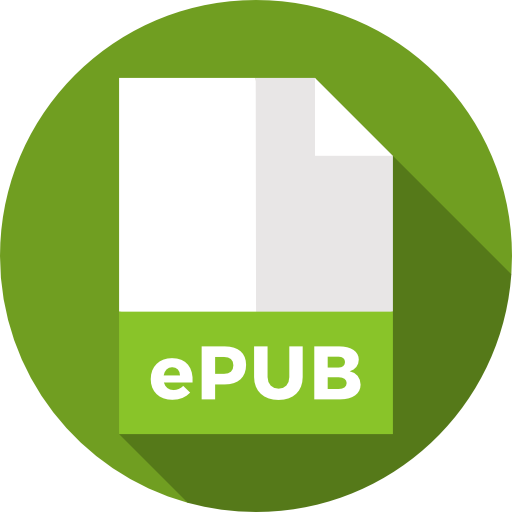
An International Publisher for Academic and Scientific Journals
Author Login
Scholars Academic Journal of Biosciences | Volume-5 | Issue-06
Helicobacter Pylori – A Review
Dr. Akifa Zahid, Dr. Muthoju Jyothi Swaroopa, Dr. Kandukuri Mahesh Kumar
Published: June 30, 2017 |
445
305
Pages: 433-439
Downloads
Abstract
Helicobacter pylori, originally classified under the genus Campylobacter, are a gastric, spiral or coccoid Gram-negative microaerophilic bacillus. Helicobacter pylori were first cultured invitro, and found to be associated with gastritis and peptic ulcers, by Marshall and Warren in 1982. Human gastric spiral organisms were discovered in 1906, in vomit from a patient with gastric carcinoma and were first described in human gastric mucosa in 1938, in a series of post-mortem specimens. The discovery of H. pylori offered the etiologic agent of the initializing event of the inflammatory cascade. Later on, it was confirmed that the development of gastric cancer takes over several decades sequentially starting with the acquisition of H. pylori infection and the development of chronic active gastritis. Over the time, the development of glandular atrophy and intestinal metaplasia takes place in a subset of patients. Finally gastric cancer arises. In 1994, the International agency for Research on Cancer monograph committee classified H. pylori as class I carcinogen to humans.


